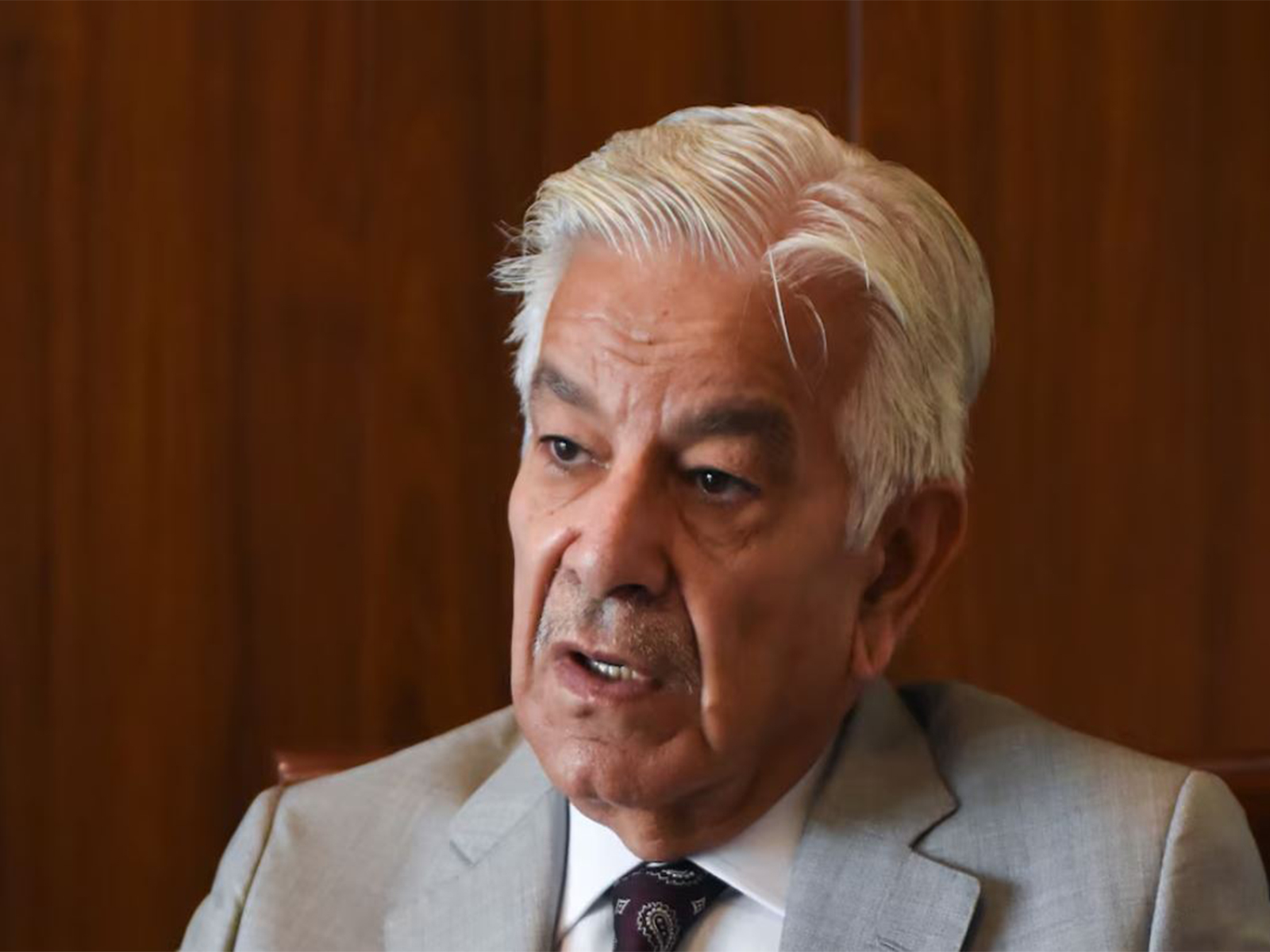- Punjab Govt allows private sector to procure wheat at Rs3500/40kg next year RADIO PAKISTAN
- Punjab govt, private sector to buy wheat at Rs3,500 per maund The Nation (Pakistan )
- Steps discussed to enhance wheat yield, curb smuggling in Murree
Blog
-
Punjab Govt allows private sector to procure wheat at Rs3500/40kg next year – RADIO PAKISTAN
-
Pakistan, IMF deadlocked over governance and corruption report – samaa tv
- Pakistan, IMF deadlocked over governance and corruption report samaa tv
- IMF talks end sans staff-level agreement; tax hikes not on table for now Dawn
- IMF Mission sees ‘Significant Progress’ in Pakistan’s economic reforms Mettis Global
- IMF relief…
Continue Reading
-

Scientist on three-week off-grid hike finds out he’s won the Nobel prize
US scientist Dr Fred Ramsdell was on the last day of a three-week hike with his wife Laura O’Neill and their two dogs, deep in Montana’s grizzly bear country, when Ms O’Neill suddenly started screaming.
But it was not a predator that had disturbed…
Continue Reading
-

Pasni port deal would pivot Pakistan from China to US
Pakistan’s reported proposal to grant the United States a development and management role at Pasni port, as reported by the Financial Times, marks one of the most consequential geopolitical developments in recent years.
Situated along…
Continue Reading
-

At India’s Durga Puja festival, a Hindu goddess slays a demon: Trump
Sitting atop her lion, the Hindu goddess Durga wields a celestial weapon in each of her 10 hands. But her target isn’t the usual demon of deceit, Mahishasura.
She’s taking aim at a…
Continue Reading
-
CM to inaugurate electric buses in Pakpattan today – Dawn
- CM to inaugurate electric buses in Pakpattan today Dawn
- Electric buses in Gujar Khan bring relief to residents The Nation (Pakistan )
- CM reviews commissioners’ and DCs’ performance based on KPIs Business Recorder
- Punjab finance czar questions…
Continue Reading
-
Mystery of the ‘port deal’ – Dawn
- Mystery of the ‘port deal’ Dawn
- Pakistan courts US with pitch for new Arabian Sea port Financial Times
- PPPs Raza Rabbani urges govt to take parliament into confidence on new US policy Geo.tv
- Pakistan’s Balochistan deal marks new strategic…
Continue Reading
-

Scientist on three-week off-grid hike finds out he’s won the Nobel prize
Dr Ramsdell, along with two other scientists, won the prize for their research into how the immune system attacks hostile infections.
The winners share a prize fund worth 11m Swedish kronor (£870,000).
After Ms O’Neill received the messages, the…
Continue Reading

